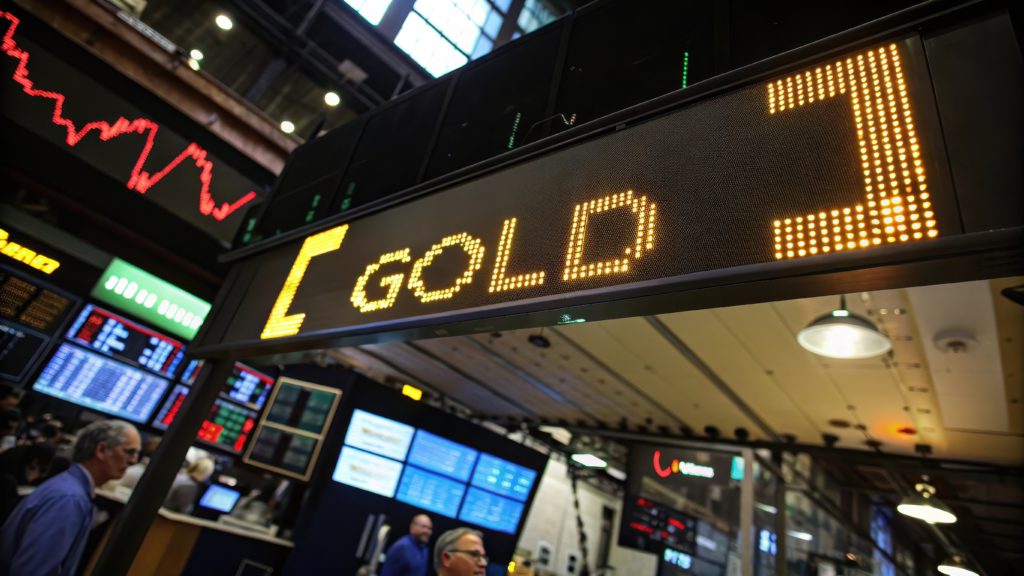Introduction
Gold prices have taken a significant hit, dropping below the $3,200 mark on Friday, as investors shift towards riskier assets amid positive developments in US-China trade talks. This decline positions gold for its worst weekly performance in six months, influenced by a robust US dollar and broader market optimism.
Main Body
Market Dynamics and Gold's Decline
Spot gold fell by 1.9% to $3,180.46 per ounce, while US gold futures declined 1.2% to $3,187.00 per ounce. According to Nitesh Shah, a commodities strategist at WisdomTree, the appreciation of the US dollar—heading for its fourth consecutive weekly gain—and encouraging signals from trade negotiations have weighed heavily on gold prices. Earlier this week, the US and China agreed to ease some of the tariffs imposed in April, boosting investor confidence further supported by positive outcomes from President Trump's Middle East visit.
Counterbalancing Factors
Despite the downturn, there are factors offering some support to gold. Signs of slowing inflation and disappointing US economic data have reinforced expectations of additional Federal Reserve rate cuts this year, which typically bolster gold as a non-yielding asset. Tim Waterer, chief market analyst at KCM Trade, noted that gold price dips continue to attract buyers, indicating sustained interest in the precious metal amid uncertain global growth and inflation outlooks.
Long-Term Outlook and Performance
Gold has been one of the top-performing assets in 2025, with a nearly 24% rise year-to-date, even after the recent pullback. Last month, it surpassed $3,500 per ounce, marking several milestones. Major financial institutions like JPMorgan and UBS remain bullish, with JPMorgan predicting gold could reach $4,000 by Q2 2026. This optimism suggests that current declines might be temporary blips in a broader upward trajectory.
Analysis and Questions
The interplay between trade negotiations and gold prices raises questions about the sustainability of this risk-on sentiment. Could renewed geopolitical tensions or unexpected economic downturns reverse this trend and drive investors back to safe-haven assets like gold? Additionally, with central banks globally adjusting monetary policies, how will gold fare against a backdrop of potential currency volatility? The strong performance of the US dollar, often inversely correlated with gold, remains a critical factor to watch, especially as trade talks progress.
